I was talking recently with Edi Immonen of Glome about the idea behind it: turning users into publishers. He used the word “media,” but I’m going with “publishers” for now, because that’s the word used in this graphic (one of many like it — all amazing and excellent) from LUMA partners:
That’s the marketer’s view. But how about yours, as the consumer over there on the right. In fact it’s actually more like this:

Because all you do is consume. You have no direct influence on all that intermediary stuff; so it just presses down on you.
But what if you become the publisher — a form of producer, and not just of consumer? Then the system, simplified, would look like this:
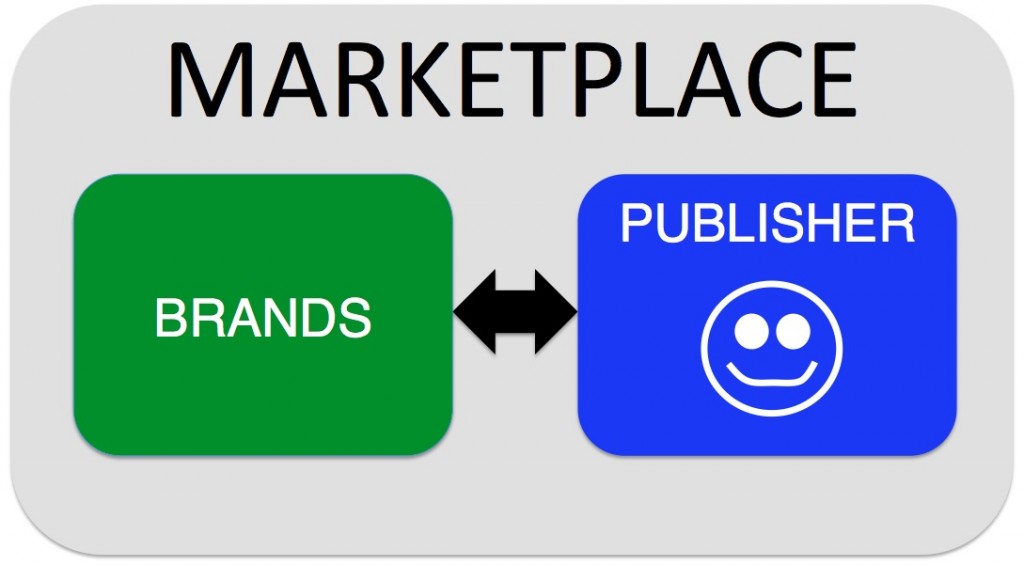
This is in alignment with what Tim Berners-Lee designed the Web to look like in the first place, but in in a commercial setting. (Remember that Sir Tim was then working in high energy physics at CERN, looking for ways to share and edit documents across the Internet as it existed at the turn of the ’90s.) It is also what blogging, as originally conceived, also did. If this blog were commercial (which it is not, on purpose), that would be me (or us) on the right.
Now, if we, as publishers, look at our data, or of our personal space — our state as a medium — as a platform for selling and buying stuff, including services, a whole new horizon opens up.
What Edi and his colleagues at Glome envision is a way for you, as a medium, to sell your space (however you chose to define that word) to:
- brands with which you already have a relationship;
- brands in which you have an interest; or
- brands in which you might have an interest.
From the traditional marketing perspective, #3 makes you “qualified lead,” for which the brand should be willing to pay. But that’s a far too reduced view of what you really are, or might be, to that brand.
Think of this marketplace frame from a CRM+VRM perspective. Between those two rectangles, inside the black two-pointed arrow, are cycles of buying and owning, of use and re-use, of live interactions and of long periods of idle time where neither is paying much attention to the other. Lots of stuff can go on within the boundaries of that two-way arrow.
What Glome proposes here is not zero-basing the marketplace, but instead to re-start our thinking, and our work, atop three well-understood existing roles: brand, publisher (or medium) and marketplace. The main re-characterization is of the individual, who is now a publisher or a medium, and not just a consumer.
Obviously much can get disintermediated here, including all the stuff between the marketer and the publisher in the graphic up top.
But much new intermediation is now possible, especially if the individual has a personal cloud through which one (or one’s fourth party) can program interactions, for the individual, among API-based services (in the manner of IFTTT, or using KRL) and the “Internet of things”. (For developers, I believe Singly fits in here too.)
So we are looking here at a whole new market for information and relationships, within the larger marketplace of everything else. This isn’t complicated, really. It’s actually what markets looked like in the first place:

This is the context we meant by “Markets are conversations” in The Cluetrain Manifesto.
LUMAscapes (such as the top one above) brilliantly depict the ecosystems of marketing as they have evolved so far, down different branches of discipline. The tree from which they branch, however, is the old advertising and direct marketing one, now operating inside the Internet . (“Big data” and analytics in marketing are hardly new. They were what direct mail was all about long before it evolved into direct marketing and then spread into online advertising.)
So this is a shout-to —
- Everybody in “conversational marketing”
- Everybody still saying “markets are conversations”
- Everybody wants the R in CRM to mean what it actually says
- Everybody who is tired of being just a “consumer” when what we really do is produce (data especially) every time we make a click or a keystroke on our computers or mobile devices
- Every quantified self who wishes to be the point of integration for their own data and the point of origination for what gets done with it, rather than just the operator of many different devices and services that don’t connect because most of that stuff is silo’d in different products and services
— as well as all the VRM developers in the world (and it seems there are more every day).
The last graphic above is our new frame. It helps that it’s also the oldest frame.
I also look forward to the day when Terence Kawaja and his colleagues at LUMA partners draw up VRM+CRM and other new ecosystems that are bound to evolve, once enough of us get our heads out of the old marketing frame and into the oldest marketplace one. So this is a shout-out to them too. 🙂

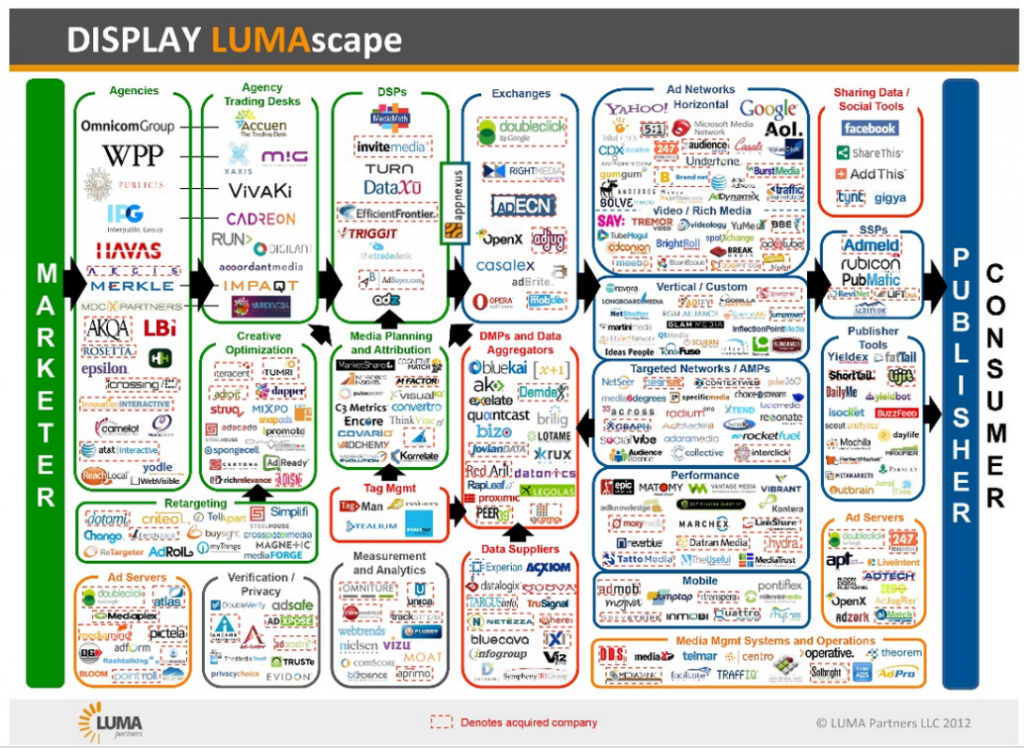
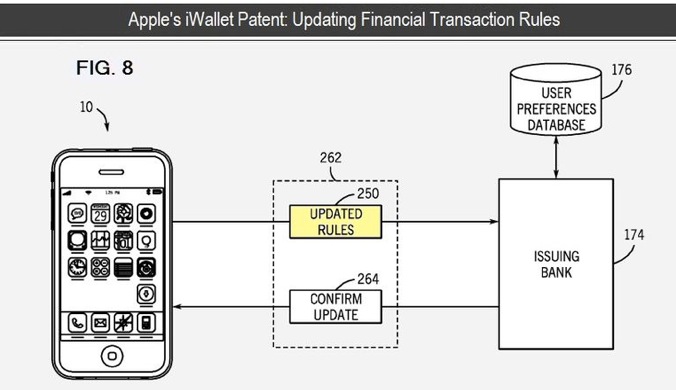

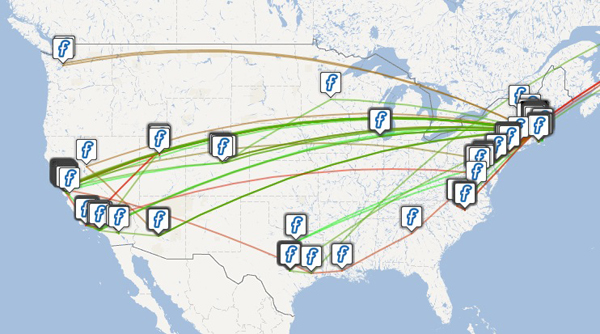

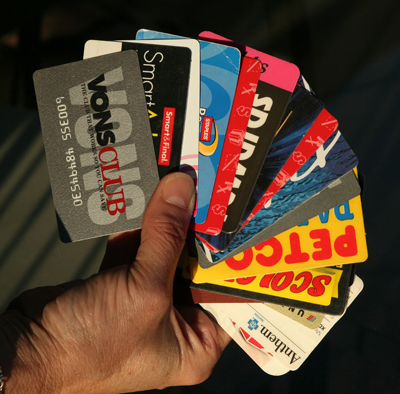

 For as long as we’ve had economies, demand and supply have been attracted to each other like a pair of magnets. Ideally, they should match up evenly and produce good outcomes. But sometimes one side comes to dominate the other, with bad effects along with good ones. Such has been the case on the Web ever since it went commercial with the invention of the cookie in 1995, resulting in a
For as long as we’ve had economies, demand and supply have been attracted to each other like a pair of magnets. Ideally, they should match up evenly and produce good outcomes. But sometimes one side comes to dominate the other, with bad effects along with good ones. Such has been the case on the Web ever since it went commercial with the invention of the cookie in 1995, resulting in a 
